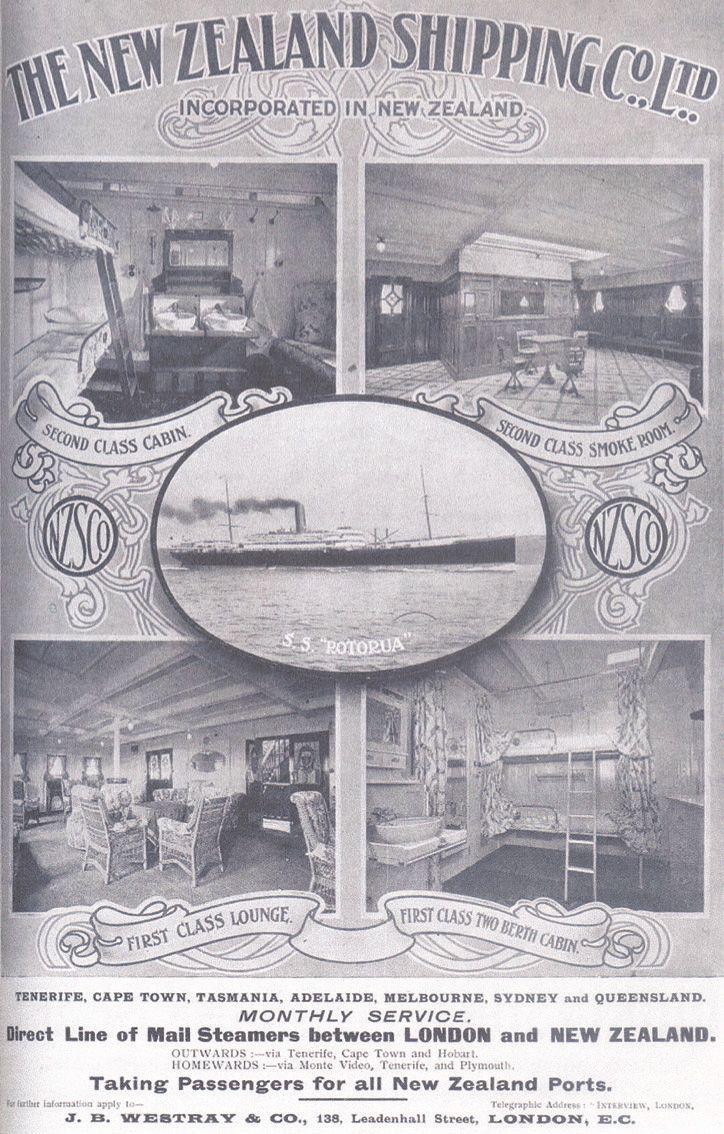A Gentleman’s War


here are more shipwrecks in the English Channel – per square mile of the cold, deep waters between Great Britain and France – than in other locations in the world. The huge volume of shipping traffic has made the Channel a very busy waterway, with the inevitable ensuing collisions, and is one of the reasons for the large number of ships lying on the bottom. In addition, hundreds of vessels ended their sailing days on the seabed because of the U-boats of the war fought between 1914 and 1918.
World War One was waged in a very different way than the later World War Two. World War One, called “the Great War” and “the War to End All Wars,” was also called the “Gentleman’s War” because traditions of honour and almost “sportsmanlike” behaviour were highly valued at all levels of the military and governments of the countries involved. Besides the relatively primitive technology, World War One’s few atrocity and espionage stories, and dearth of dramatic battle film has made for a general lack of interest from those in charge of creating intelligent television programming, in an age when reality television is so popular, the more histrionic the better.
Having been involved in the production of television, I had witnessed first-hand just how difficult it is to have intelligent programming commissioned. Not being divers, producers often have no idea what is involved and yet expect amazing images alongside a nail-biting story only recently brought to light. A World War One shipwreck, having been under
You’re reading a preview, subscribe to read more.
Start your free 30 days





